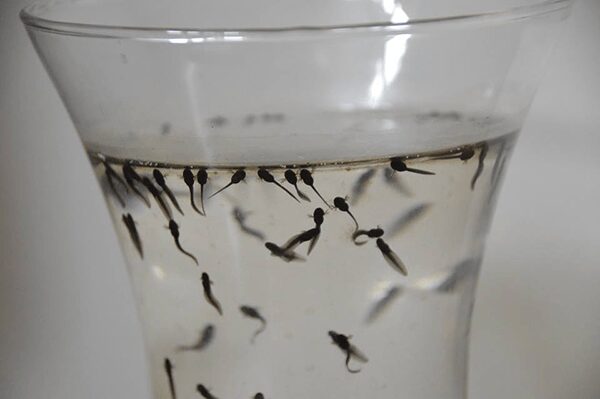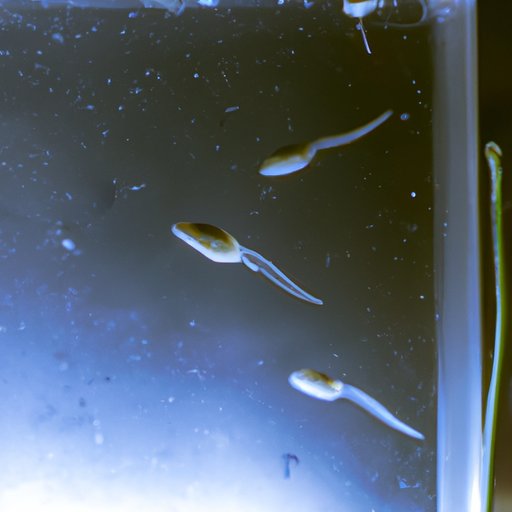Witnessing the transformation of a tiny, wiggling tadpole into a fully-fledged frog or toad is a captivating experience that brings a touch of nature into the heart of your home. Caring for these delicate creatures can be a rewarding adventure, fostering a deeper connection with the wonders of the animal kingdom.

Image: rainydaymum.co.uk
Ensuring the well-being of tadpoles requires a nurturing environment that mimics their natural habitat. With a little knowledge and care, you can create an ideal home for these fascinating amphibians, allowing them to thrive and flourish under your watchful eye.
Creating a Pristine Aquatic Ecosystem
Tadpoles spend a significant portion of their lives in water, so it’s crucial to provide them with a clean, adequately sized tank or container. The size of the enclosure should accommodate the number of tadpoles, allowing ample space for swimming and avoiding overcrowding. Ensure the water is declorinated and at a temperature between 65-75 degrees Fahrenheit for optimal comfort.
Water quality is paramount for tadpole health. Regular partial water changes help remove waste and excess food, maintaining a healthy balance in the ecosystem. Use a gravel vacuum to gently remove debris from the bottom of the tank, being mindful not to disturb the tadpoles excessively.
Nourishing Tadpoles for Optimal Growth
Just like human infants, tadpoles require a nutritious diet to support their rapid growth and development. Spirulina or algae-based food flakes specifically formulated for tadpoles provide essential nutrients. Feed the tadpoles in moderation several times a day, removing uneaten food to prevent water contamination.
As they reach the later stages of their transformation, tadpoles begin to exhibit signs of metamorphosis. They develop back legs and eventually lose their tails, transitioning to a more terrestrial diet. At this stage, you can supplement their diet with boiled vegetables such as zucchini, spinach, or lettuce.
Enhancing the Environment for Enrichment
Providing ample hiding places in the tank or enclosure creates a sense of security for tadpoles. Live or artificial plants, as well as small rocks or pebbles, offer opportunities for them to explore, escape from predators, and graze on algae.
Direct sunlight can be beneficial for tadpoles in moderation, as it promotes the growth of algae, which serves as a food source. However, avoid prolonged exposure to direct sunlight, as it can overheat the water and stress the tadpoles.

Image: www.lihpao.com
Monitoring Progress and Detection of Health Problems
Regular observation and monitoring are crucial for identifying any potential health issues in tadpoles. Healthy tadpoles are active, have a good appetite, and display clear skin free of discoloration. Any deviation from these norms may indicate an underlying problem.
If you notice any signs of distress, such as lethargy, loss of appetite, or skin discoloration, immediately remove the affected tadpole from the tank and consult a local veterinarian or animal care professional with experience in amphibian care.
How To Take Care Of Tadpoles At Home
Conclusion
Caring for tadpoles at home offers a unique opportunity to witness the extraordinary metamorphosis of nature up close. By creating a nurturing and stimulating environment, you can facilitate their healthy development and provide them with a welcoming habitat until they are ready to embark on their new adventure as fully-formed frogs or toads.
Share your own experiences and knowledge in the comments below, adding to the collective understanding of how to care for these fascinating creatures. Together, we can create a vibrant community of amphibian enthusiasts dedicated to providing the best possible care for our little aquatic friends.




:max_bytes(150000):strip_icc()/142202371-5ab3dbf1ff1b78003633a0dd.jpeg?w=740&resize=740,414&ssl=1)
